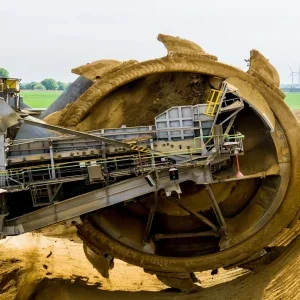Since electricity generation is sited for distribution near load centers, a solar farm can be deployed without the need for extensive, costly transmission lines. This utility-scale solar farm can help the utility avoid up to 170,000 metric tons of CO2 emissions per year.
“Applied’s fab2farm model unlocks a low-risk, cost-effective opportunity to integrate solar PV electricity into a community’s energy portfolio,” said John Antone, vice president, energy and environmental solutions, Applied Materials. “This approach enables a significant share of solar PV investment dollars to remain in the community, in contrast to fossil fuel based power generation sources. It would create a regional economic engine generating a steady supply of skilled jobs and a path to achieving the lowest installed solar energy cost.”
“Optimized for utility-scale applications, Applied’s SunFab line produces the world’s most powerful thin film modules with approximately six times the output of conventional glass solar panels,” said Dr. Randhir Thakur, senior vice president and general manager of Applied Material’s display and SunFab solar products group. “With an installed cost of less than $4.00/watt, SunFab panels cost less per unit area to manufacture and fully install than conventional glass panels. Over time, manufacturing efficiencies are expected to reduce these costs even further – while the price of electricity from conventional sources is forecast to continually rise.”






